Mozambique: Food insecurity affects almost 100,000 in Caia district
Mozambique: Drought in Gaza and Inhambane is “critical”
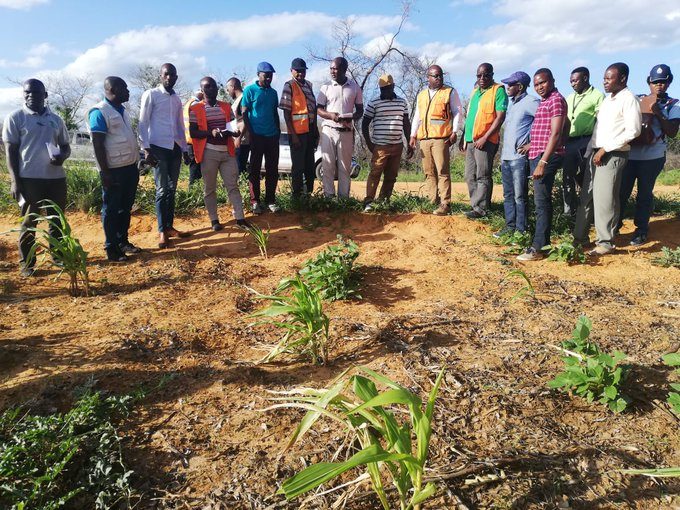
The director in the INGC for the development of Arid and Semi-Arid Area, Paulo Tomas, last week visited Gaza and Inhambane provinces with representatives of partner organisations, such as the World Food Programme (WFP), the Irish Embassy, and World Vision. The delegation included government institutions that work with the INGC, such as the National Meteorology Institute (INAM) and the Food Security and Nutrition Technical Secretariat (SETSAN). [Photo: Twitter / Ireland in Mozambique]
Mozambique’s relief agency, the National Disaster Management Institute (INGC), regards as “critical” the drought affecting the south of the country, and believes it is urgent to mobilise resources for emergency aid for people at risk of food insecurity.
In late December, the government decreed an “orange alert” throughout the country – this was largely because of heavy rains and the threat of flooding in the central and northern provinces. But the problem in the south is not too much rainfall, but too little.
The orange alert is intended to allow the INGC and its partners to step up monitoring and mitigation of extreme events and the mobilisation of funds.
For this purpose, the director in the INGC for the development of Arid and Semi-Arid Area, Paulo Tomas, last week visited Gaza and Inhambane provinces with representatives of partner organisations, such as the World Food Programme (WFP), the Irish Embassy, and World Vision. The delegation included government institutions that work with the INGC, such as the National Meteorology Institute (INAM) and the Food Security and Nutrition Technical Secretariat (SETSAN).
On Thursday and Friday, this team visited Massingir and Chibuto districts in Gaza, and Funhalouro and Panda in Inhambane. The main purpose was to gather data on the real situation on the ground, including the number of households affected by the drought, the areas cultivated and how much of the cultivated area has been lost, and how many households are being supported with food and water by the partner organisations.
That information will allow a reliable assessment of the true scale of the problem, based on which funds can be mobilised.
“From what I saw, I think the districts have different characteristics and different ways of reacting”, Tomas told the reporters accompanying the delegation. “Some are in a more critical situation than others. After treating the data we collect, we shall tell the partners which are the priority districts for intervention”.
It could be noted in the fields that peasant farmers are prioritising long cycle crops, particularly maize. It is feared that this is the wrong choice since the long term weather forecast indicates continued shortage of rain in the coming months.
Faced with this scenario, the guidance given to farmers is that they should bank on short cycle crops, such as beans and groundnuts. So Tomas, and the group of partners accompanying him recommended that the technical staff of the district government transmit this message to the producers.
In the districts visited, it could be seen that the maize crops are withering – but the groundnut and bean crops are in good condition.
“The people are still banking heavily on maize in this period”, said Tomas. “But the INAM forecast is for rains with a trend to below normal. This is not a very favourable scenario for our agriculture, mainly because we know that our farmers are heavily reliant on rain-fed agriculture”.
The partner representatives on the delegation guaranteed that they will continue actions to mitigate the impact of the drought.
WFP representative Benvindo Nhachua said that, during the visit, “we could see that the situation is critical, and we are going to make every effort possible to support the government”.
The WFP admits that it is not possible to assist everybody, and so the priority is those strata of the population most seriously affected by the drought. Data collection was thus crucial to give a real number of those affected and show which localities are most affected.
“We cannot do everything at once”, said Nhachua. “So we shall sit down in coordination with the government, represented by the INGC, and draw up a plan for immediate response, to see what we can do and how we can mitigate the situation”.
Good multisectoral visit to monitor the drought area & advice Inhambane provincial government for decision making. Team met local authorities & communities in Panda, Funhalouro and Govuro districts #Mozambique #drought #ClimateChange #working4irl #abetterworld pic.twitter.com/LA8fIAUqTk
— Ireland in Mozambique (@IrlEmbMaputo) January 26, 2020


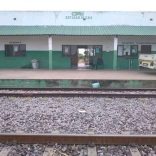
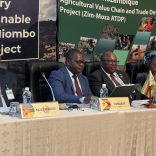

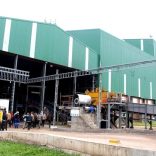

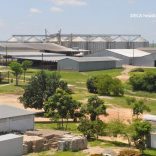




Leave a Reply
Be the First to Comment!
You must be logged in to post a comment.
You must be logged in to post a comment.